Looking for ways to pass the time until Spring is here? This list of must-reads will help you to better understand Monarch behavior and habitat! |
| Milkweed, Monarchs and More, was created to be a field guide and provide basic background information for volunteers in the citizen science Monarch Larva Monitoring Project, as well as monarch enthusiasts and classrooms involved in monarch studies. It covers the diverse natural community thrives in the milkweed growing along our highways and woodland edges; in our open fields, fragmented prairies and vacant lots; and in our lovingly tended gardens. The Enlarged and Updated Edition is in response to requests for a larger format-more classroom friendly for student reports and easier on older eyes. |
9. Flight Behavior
Barbara Kingsolver
| Okay, so this is not a book entirely about Monarch butterflies and it is certainly not a how-to book. However, much of the plot-line centers around the mysterious appearance of Monarch butterflies in rural town in Tennessee. Flight Behavior follows a young wife and mother on a failing farm who experiences something she cannot explain, and how her discovery energizes various competing factions—religious leaders, climate scientists, environmentalists, politicians—trapping her in the center of the conflict and ultimately opening up her world. |
8. Kaufman Field Guide to Butterflies of North America
Jim P. Brock and Kenn Kaufman
| Every gardener should have a great butterfly field guide in their library! There are several great butterfly field guides out there including :National Audubon Field Guide to Insects & Spiders, Golden Guide to Butterflies & Moths and Peterson First Guide to Butterflies & Moths. Any of these will work but I recommend Kaufman Field Guide to Butterflies of North America because it is well-written, easy to use and has a great range of illustrations. It also includes a shadowed silhouette of each butterfly to show the size. The guide breaks down how to identify butterflies correctly by size, shape, posture, flight style, and behavior. |
7. How to Raise Monarch Butterflies: A Step-by-Step Guide for Kids (How It Works)
Carol Pasternak
| This is a great how-to on raising Monarch butterflies for adults and children alike! How to Raise Monarch Butterflies explains what threats Monarchs face today and how readers can help conserve the Monarch's feeding grounds from encroachment. It also includes vivid photos, secrets to finding monarch eggs and information on propagating milkweed. |
6. Attracting Native Pollinators: The Xerces Society Guide, Protecting North America's Bees and Butterflies
The Xerxes Society
| In Attracting Native Pollinators, you’ll find ideas for building nesting structures and creating a welcoming habitat for an array of diverse pollinators that includes not only bees, but butterflies, moths, and more. Take action and protect North America’s food supply for the future, while at the same time enjoying a happily bustling landscape. |
5. The Monarch: Saving Our Most-Loved Butterfly
Kylee Baumle
| The Monarch showcases this Monarch butterfly with eye-popping photos, fun facts about a monarch’s life cycle, and things to know about the vital role that pollinators play in our ecosystem. Monarch enthusiast and nature blogger Kylee Baumle provides “action” projects for all ages, from planting milkweed and wildflowers to making butterfly watering stations and to volunteer activism. |
4. Monarchs and Milkweed: A Migrating Butterfly, a Poisonous Plant, and Their Remarkable Story of Coevolution
Anurag Agrawal
| This is a must-read for Monarch enthusiasts! In Monarchs and Milkweed, Anurag Agrawal presents a vivid investigation into how the monarch butterfly has evolved closely alongside the milkweed and how this inextricable and intimate relationship has been like an arms race over the millennia, a battle of exploitation and defense between two fascinating species. It is scientifically rich without sacrificing it's readability. Author, Anurag Agrawal, is a professor in the Department of Ecology and Evolutionary Biology and the Department of Entomology at Cornell University. |
3. Nature's Best Hope: A New Approach to Conservation that Starts in Your Yard
Douglas W. Tallamy
| Douglas W. Tallamy’s first book, Bringing Nature Home, awakened thousands of readers to an urgent situation: wildlife populations are in decline because the native plants they depend on are fast disappearing. In this new book, Tallamy takes the next step and outlines his vision for a grassroots approach to conservation. Nature’s Best Hope shows how homeowners everywhere can turn their yards into conservation corridors that provide wildlife habitats. Even more important, it’s practical, effective, and easy—you will walk away with specific suggestions you can incorporate into your own yard. |
2. A New Garden Ethic: Cultivating Defiant Compassion for an Uncertain Future
Benjamin Vogt
| This is a small, yet mighty, book that is a call-to-action for gardeners to start looking at our gardens with a new perspective. In A New Garden Ethic, Vogt prompts us to ask why urban gardens are so important right now and what we can do to help species on the verge of extinction. "Our landscapes push aside wildlife and in turn diminish our genetically-programmed love for wildness. How can we get ourselves back into balance through gardens, to speak life's language and learn from other species?" Get a first edition, signed copy here! |
1. Bringing Nature Home: How You Can Sustain Wildlife with Native Plants
Douglas W. Tallamy
| Bringing Nature Home is a absolute must-read for the passionate gardener. Douglas W. Tallamy reveals the unbreakable link between native plant species and native wildlife—native insects cannot, or will not, eat alien plants. When native plants disappear, the insects disappear, impoverishing the food source for birds and other animals. But there is an important and simple step we can all take to help reverse this alarming trend: everyone with access to a patch of earth can make a significant contribution toward sustaining biodiversity by simply choosing native plants. By acting on Douglas Tallamy's practical and achievable recommendations, we can all make a difference. |
Hi - Just wondering if you would consider adding MONARCH MAGIC! Butterfly Activities & Nature Discoveries to your list of books - It has won many awards and has been in print for over 22 Years!
my Best, Lynn Rosenblatt
I wanted to extend my heartfelt gratitude for your wonderful compilation of must-read books for Monarch enthusiasts. Your selection showcases a remarkable range of resources that cater to various interests, from field guides to novels to educational guides. Your effort to provide such a comprehensive list is immensely valuable for anyone seeking to better understand Monarch behavior and habitat. Each recommendation comes with a thoughtful description, making it easier for readers to choose books that resonate with their preferences. Your dedication to sharing knowledge and encouraging a deeper appreciation for these beautiful creatures is truly inspiring.
Leave a Reply.
Author
Rebecca Chandler
Garden Educator, Naturalist and Ethnobotanist
Archives
March 2024
January 2024
September 2023
August 2023
June 2023
April 2023
February 2023
March 2021
January 2021
December 2020
October 2020
July 2020
June 2020
May 2020
April 2020
March 2020
February 2020
January 2020
December 2019
November 2019
October 2019
September 2019
August 2019
July 2019
June 2019
April 2019
March 2019
February 2019
January 2019
December 2018
October 2018
September 2018
August 2018
July 2018
June 2018
May 2018
April 2018
March 2018

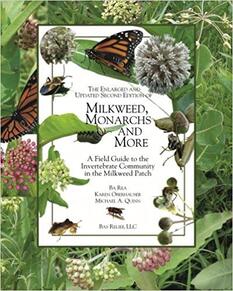
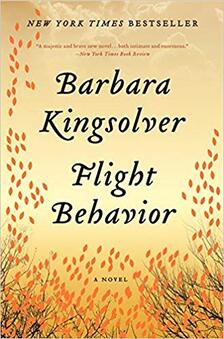
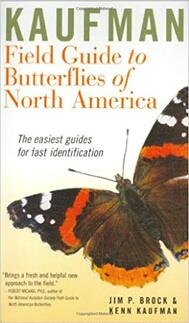

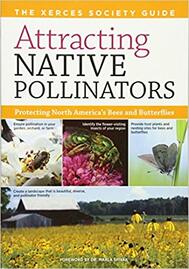
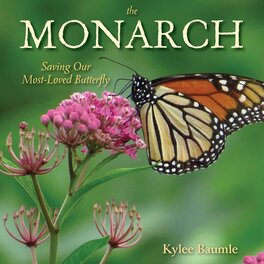
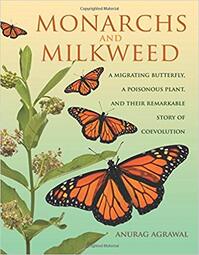
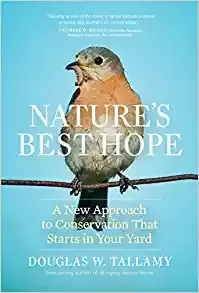
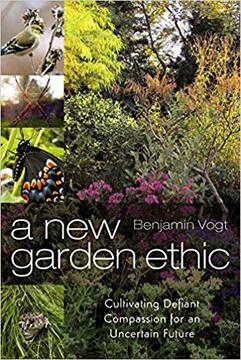
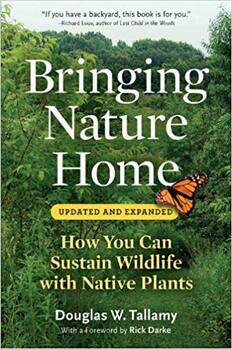
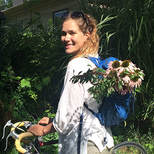
 RSS Feed
RSS Feed